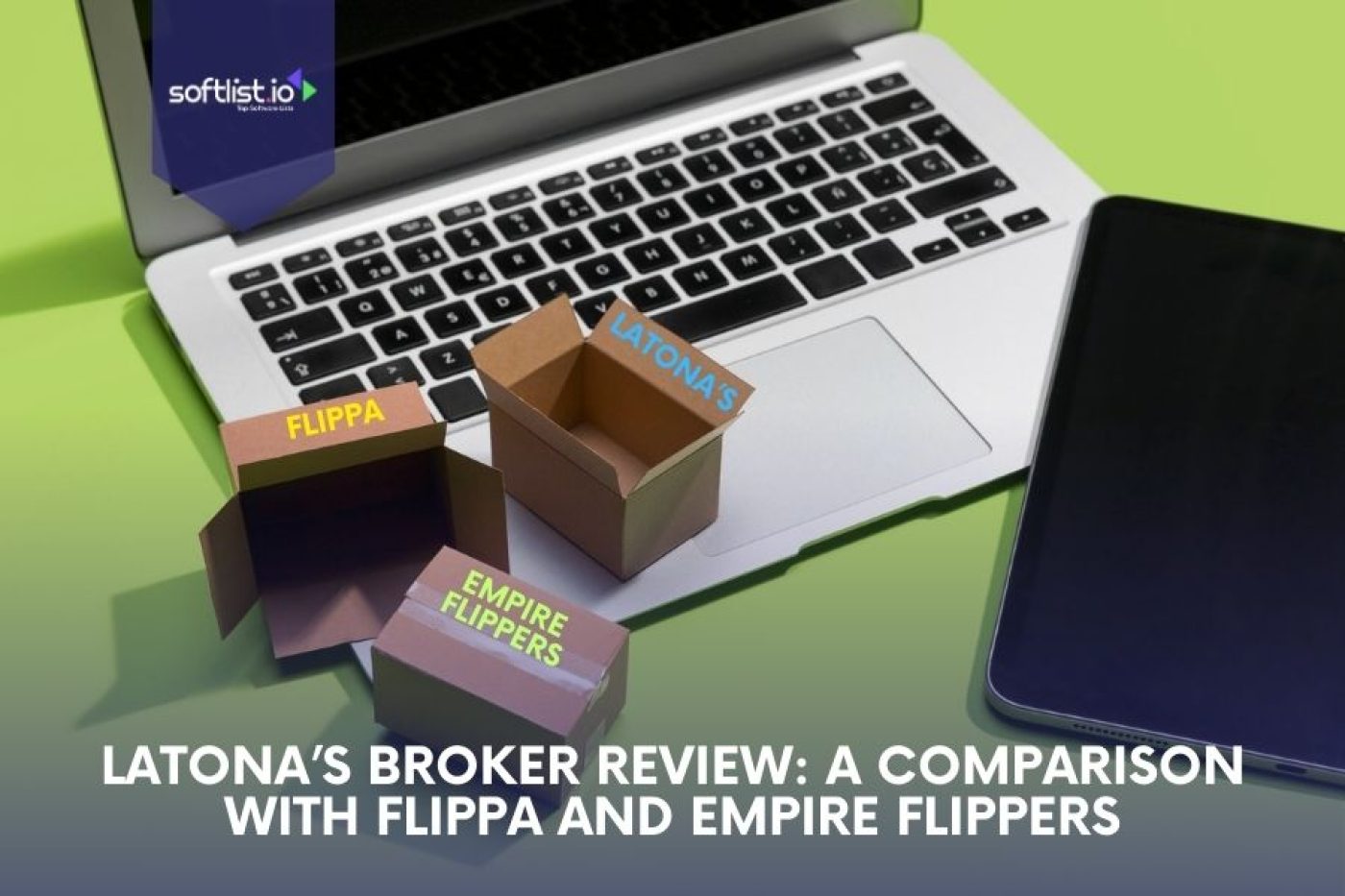Today, many aspiring entrepreneurs are exploring opportunities to launch online businesses. One popular avenue is selling custom products through print-on-demand (POD) services.
With POD, you can sell personalized items like t-shirts, coffee mugs, phone cases, and more without the hassle of managing inventory or shipping logistics. If you’re considering starting your POD venture, this article offers advice and strategies to support your success.
But first, let’s understand what POD is:
What is Print-on-Demand?
Print-on-demand (POD) is a revolutionary technology and service model in the printing and publishing industry. It allows for the production of single or small quantities of items, such as books, posters, and other printed materials, only as they are ordered. Print on demand products eliminate the need for large print runs and the associated costs and risks of unsold inventory.
Technology Behind Print-on-Demand

Source: Canva Pro
The technology that drives POD primarily includes digital printing techniques, such as inkjet and laser printing. Unlike traditional offset printing, which requires the creation of printing plates and is cost-effective only for large print runs, digital printing allows for high-quality prints to be produced economically in small quantities.
Digital printing’s flexibility means that each copy of a book, for example, can be different, enabling customization and personalization. This is particularly useful for self-published authors, small publishers, and niche markets where the demand for printed materials may not justify large print runs.
The Print-on-Demand Process
The POD process typically involves a few key steps:
- Order Placement: Customers place orders for printed products through an online platform.
- File Submission: The digital files of the product to be printed are uploaded to the POD service provider.
- Printing: The POD service uses digital printing technology to produce the item. Each order is printed individually, allowing for flexible and responsive production.
- Quality Control: Printed items undergo quality checks to ensure they meet the required standards.
- Shipping: The final product is shipped directly to the customer.
Benefits of Print-on-Demand

Source: Canva Pro
Some of the prominent advantages of the process are:
- Cost-Effective for Small Runs: Since there is no need for large print runs, POD significantly reduces upfront costs. This is especially beneficial for new authors, small businesses, and artists who may not have the resources to invest in large inventories.
- Reduced Waste: POD minimizes waste as products are printed only when there is a demand. This is environmentally friendly and reduces the cost associated with unsold stock.
- Customization: POD allows for personalized and customized printing. Customers can order unique items tailored to their preferences, which is a growing demand in various markets.
- Speed to Market: The time from concept to finished product is significantly reduced. This is crucial for publishers and businesses looking to capitalize on current trends or quickly respond to market demands.
- Long-Term Passive Income Potential: Once you have created and listed your products, they can continue to generate sales over time with minimal ongoing effort. This makes POD an excellent source of passive income, as your designs can keep earning you money long after the initial work is done.
Applications of Print-on-Demand
POD is widely used in various industries beyond book publishing. For instance:
- Marketing Materials: Companies can print brochures, business cards, and promotional items as needed.
- Art and Photography: Artists can sell prints of their work without maintaining a large inventory.
- Fashion: POD services offer custom apparel printing, allowing designers to create unique, made-to-order clothing items.
The Top Tips for Selling POD Products
Let’s look at the strategies:
1. Identifying the Ideal Market Segment
Selecting the right market segment is pivotal when venturing into the sales of print-on-demand products. It’s crucial to pinpoint a niche that balances demand and competition levels. Conduct thorough market analysis to spot emerging trends and unmet consumer needs.
Explore product concepts that can resonate with a target audience. Tools like Google Trends, social media insights, and market research reports can help identify what’s currently popular and what is likely to sell well.
Additionally, engage with potential customers through surveys or focus groups to gain direct insights into their preferences. Understanding your audience’s demographics, interests, and purchasing behavior will guide your product development and marketing strategies.
2. Crafting Top-Notch Designs
The design aspect plays a crucial role in attracting buyers and boosting sales for POD merchandise. Dedicate time to developing top-quality designs that set your products apart from others in the market.
Consider utilizing design tools such as Adobe Illustrator or Canva or enlisting the help of a freelance designer if you lack design expertise yourself. Ensure your designs are adaptable enough to enhance various product offerings.
Stay inspired by keeping an eye on design trends in your niche. Follow popular designers, join design communities, and continuously expand your creative skills. Remember, unique and visually appealing designs are more likely to be shared on social media, increasing your brand’s visibility.
3. Engaging with Social Media Influencers
Engaging with social media influencers can significantly boost your marketing strategies and enhance the visibility of your POD merchandise. Seek out influencers who resonate with your target demographic, exhibit high engagement levels on their platforms, and demonstrate interest in endorsing your products.
Provide them with samples and propose a commission-based collaboration to motivate them to showcase your offerings.
Influencers can create authentic content that features your products, providing social proof and reaching potential customers who trust their recommendations. Consider both macro-influencers with large followings and micro-influencers with niche, highly engaged audiences for your campaigns.
4. Creating an Interactive E-commerce Site
When establishing your store to sell POD goods, prioritize crafting an engaging shopping environment for visitors. Employ captivating product images and develop product descriptions that emphasize each product’s unique features and advantages. Incorporate customer testimonials to foster credibility among potential buyers.
User experience is paramount. Ensure your website is easy to navigate, mobile-friendly, and optimized for fast loading times. Implement features such as a search bar, product filters, and a streamlined checkout process to enhance the shopping experience.
Additionally, consider adding a blog or resource section to provide value and attract organic traffic through SEO.
5. Harnessing Social Media Advertising
Social media channels like Instagram and Facebook offer powerful advertising avenues for promoting your POD merchandise. Leverage targeted advertisements to engage an audience interested in your specific niche. Experiment with diverse content formats, including images, videos, and carousel ads, to identify the most effective strategies for enhancing your brand.
Utilize the advanced targeting options available on these platforms to reach your ideal customers based on demographics, interests, and behaviors. Track the performance of your ads through analytics and adjust your campaigns based on the data to maximize your return on investment.
6. Collaborating with Print-on-Demand Platforms
Simplify the sales process by exploring partnerships with print-on-demand platforms that oversee your products’ production and shipping logistics.
These platforms usually provide options to connect with e-commerce platforms like Shopify or WooCommerce, simplifying the process of setting up your store. It’s important to select a partner that offers top-notch products to ensure customer satisfaction.
Research and compare different POD platforms based on factors such as product quality, printing techniques, shipping times, and customer service. Collaborating with a reliable POD platform ensures a seamless experience for both you and your customers.
7. Monitoring Performance and Making Adjustments
It is crucial to regularly monitor performance indicators like conversion rates, traffic sources, and customer feedback. Use this data to pinpoint areas for enhancement and tweak your digital marketing strategies or product offerings. Stay informed about market trends and consistently refine your design collection to align with evolving customer preferences.
Utilize analytics tools such as Google Analytics and the reporting features of your e-commerce platform to gather insights. Set specific, measurable goals for your business and continuously evaluate your progress. Being adaptable and willing to make changes based on data will help you stay competitive and grow your POD business.
8. Providing Excellent Customer Service
Delivering excellent customer service is vital for cultivating a loyal customer base and garnering positive reviews and referrals. Respond promptly to customer inquiries or issues via channels such as email or social media messages. Clearly outline refund or exchange policies and ensure efficient handling of any challenges that may crop up during the order fulfillment process.
Personalize your customer interactions and show appreciation for their business. Implement a system for collecting and addressing feedback to continuously improve your service. Offering a positive customer experience can lead to repeat purchases and word-of-mouth referrals, which are invaluable for growing your business.
9. Building a Brand Identity
Establishing a strong brand identity is critical to standing out in the competitive realm of print-on-demand.
Shape a cohesive brand image through visual elements like your logo, color palette, and fonts, and apply these consistently across all social media platforms and your online store. Create content that mirrors your brand ethos and resonates with your target audience.
Utilize the power of storytelling to establish a connection with your customers and set yourself apart from competitors. Share the story behind your brand, the inspiration for your designs, and any behind-the-scenes glimpses into your creative process. Building a brand that customers can relate to and feel emotionally connected with will enhance brand loyalty and recognition.
In Summary
Launching a print-on-demand business necessitates meticulous planning and flawless execution. Start by identifying the ideal niche, crafting top-notch designs, effectively promoting your products, leveraging social media platforms, collaborating with print-on-demand services, tracking performance metrics, and consistently delivering exceptional customer service.
By adhering to these strategies and techniques, you’ll be well-prepared to navigate the realm of print-on-demand entrepreneurship and attain success in product sales. Keep learning from your experiences and stay informed about industry trends to advance in this dynamic landscape.
Feel free to share any questions or insights so we can continue our conversation and support each other in this exciting journey.






